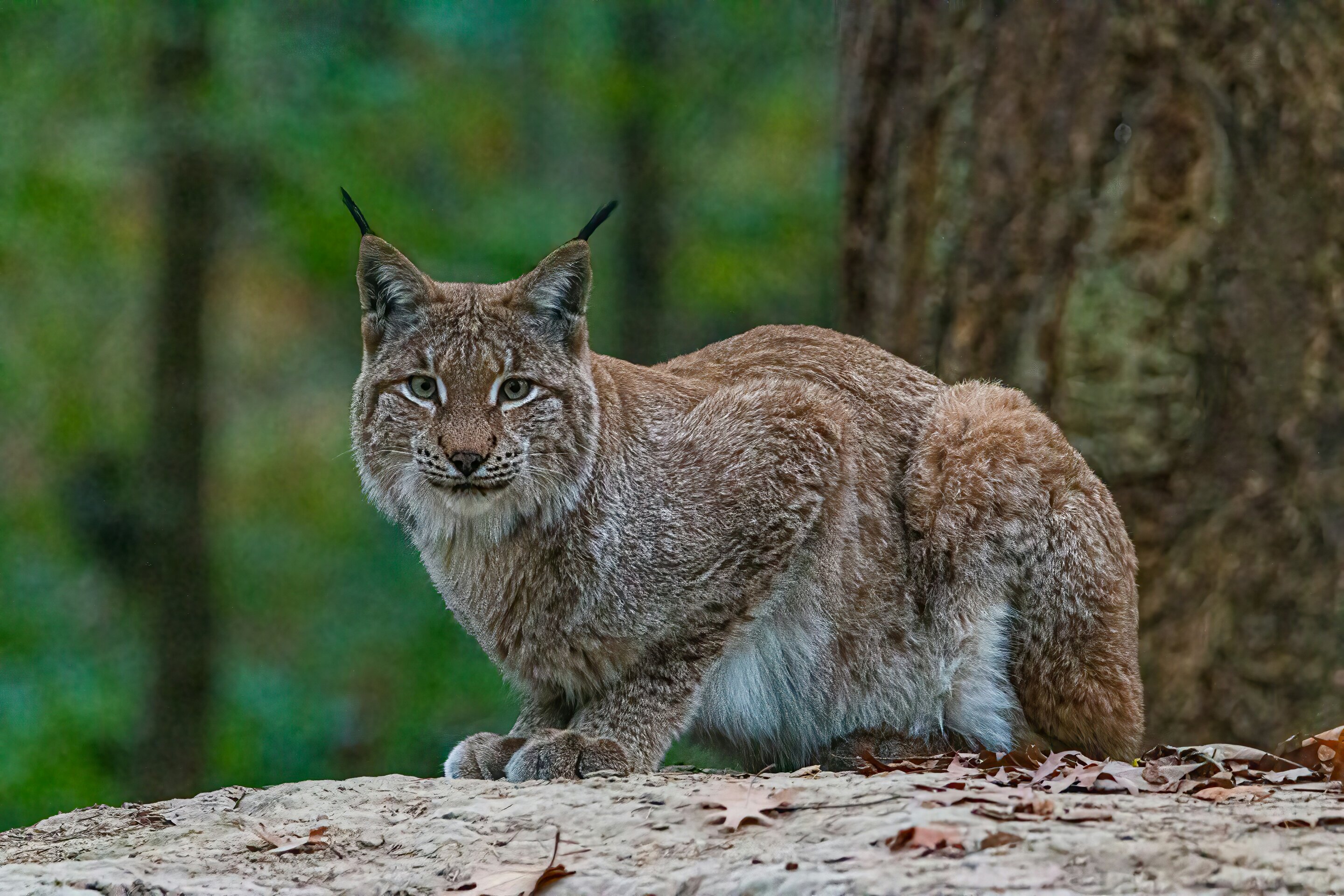- Oil prices steady as China stimulus hopes fade, U.S. crude stockpiles fall
- Australian, New Zealand dollars scale new highs on China boost
- European markets edge lower as China stimulus rally fades
- Gold touches record high on rate-cut bets, weaker U.S. dollar
- China likely needs more than rate cuts to boost economic growth
What do you believe is the single most important factor driving up the cost of living in Nigeria?
Artificial intelligence (AI) is the buzz phrase of 2024. Though far from that cultural spotlight, scientists from agricultural, biological and technological backgrounds are also turning to AI as they collaborate to find ways for these algorithms and models to analyze datasets to better understand and predict a world impacted by climate change.
In a recent paper published in Frontiers in Plant Science, Purdue University geomatics Ph.D. candidate Claudia Aviles Toledo, working with her faculty advisors and co-authors Melba Crawford and Mitch Tuinstra, demonstrated the capability of a recurrent neural network—a model that teaches computers to process data using long short-term memory—to predict maize yield from several remote sensing technologies and environmental and genetic data.
Plant phenotyping, where the plant characteristics are examined and characterized, can be a labor-intensive task. Measuring plant height by tape measure, gauging reflected light over multiple wavelengths using heavy handheld equipment, and pulling and drying individual plants for chemical analysis are all labor intensive and expensive efforts. Remote sensing, or gathering these data points from a distance using uncrewed aerial vehicles (UAVs) and satellites, is making such field and plant information more accessible.
Tuinstra, the Wickersham Chair of Excellence in Agricultural Research, professor of plant breeding and genetics in the department of agronomy and the science director for Purdue's Institute for Plant Sciences, said, "This study highlights how advances in UAV-based data acquisition and processing coupled with deep-learning networks can contribute to prediction of complex traits in food crops like maize."
Crawford, the Nancy Uridil and Francis Bossu Distinguished Professor in Civil Engineering and a professor of agronomy, gives credit to Aviles Toledo and others who collected phenotypic data in the field and with remote sensing. Under this collaboration and similar studies, the world has seen remote sensing-based phenotyping simultaneously reduce labor requirements and collect novel information on plants that human senses alone cannot discern.
















